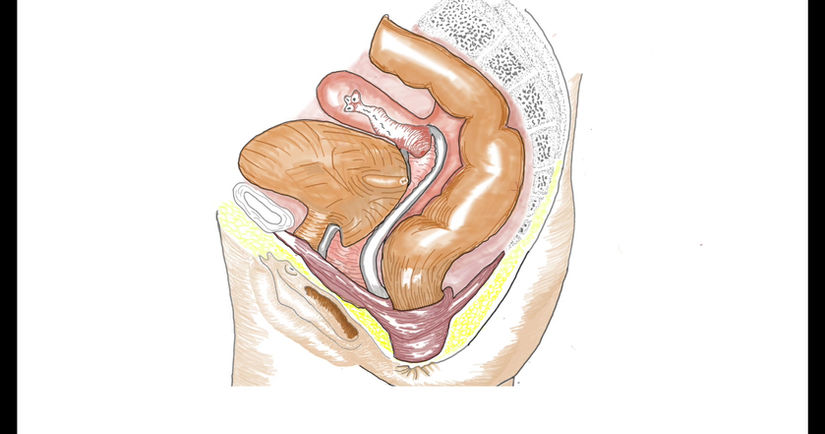
Disorders
Pelvic floor disorders affect 1 in 4 women, limiting their ability to enjoy many normal parts of living because of symptoms that effect quality of life. The symptoms result from problems in the organs of the pelvis or the support of those organs. For more information select below.
Bladder Problems
There are different types of bladder problems. The most common types in women are urinary leakage and overactive bladder.
Urinary leakage is also called urinary incontinence. This is often associated with exertion such as physical activities, sneezing, and coughing, that causes the loss of urine.
Overactive bladder refers to an uncontrollable urgency to urinate that may result in leakage. Overactive bladder is also associated with a need to urinate too frequently during the day or night. Some women have both types of symptoms. Some women also have problems emptying their bladder, or may develop recurrent urinary tract infections. Learn more about these conditions by watching the video.
Bladder Problems


Urinary Incontinence

Overactive bladder
Pelvic Support Problems
Support problems in the pelvic floor are often called vaginal prolapse. There are different types of support problems that can involve loss of muscle support, loss of ligament support, or both. Also, different pelvic organs may protrude depending on where the support defects are located.
The most important consideration for treatment is how much the symptoms bother you. Consequently, it is important to understand what symptoms are due to the support defects.
Learn more about support defects and how they cause symptoms by watching these videos.

Pelvic Support Problems
Bowel Problems
The intestines are designed to extract nutrients from the food that we eat. Most of the goodness and nutrients are removed in the small intestines, and the colon or bowel, is responsible for removing any extra water and salts. The resulting stool is stored in the rectum until we are ready to evacuate it through a bowel movement.
There are multiple areas within this system where things can go wrong, but they generally lead to either bowel leakage or constipation.
Learn more about bowel leakage and constipation by watching these videos.

